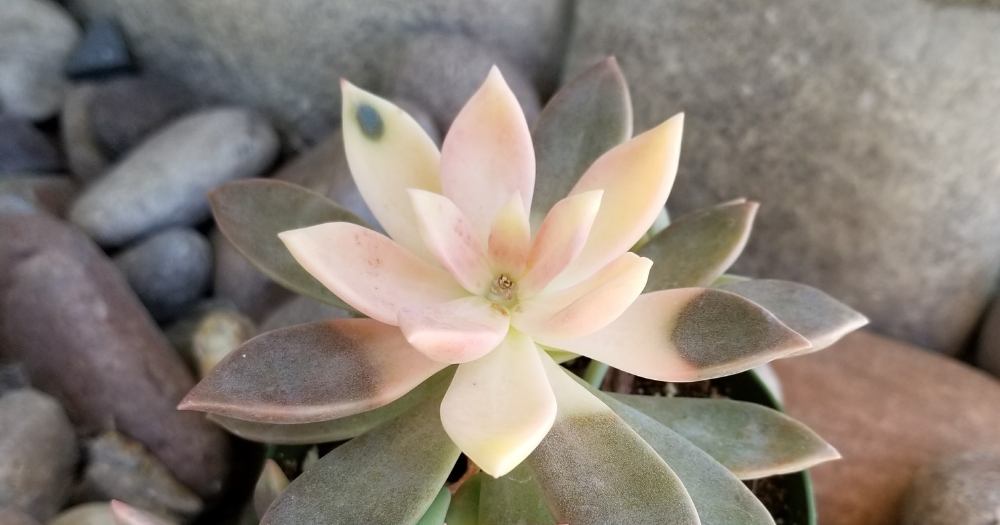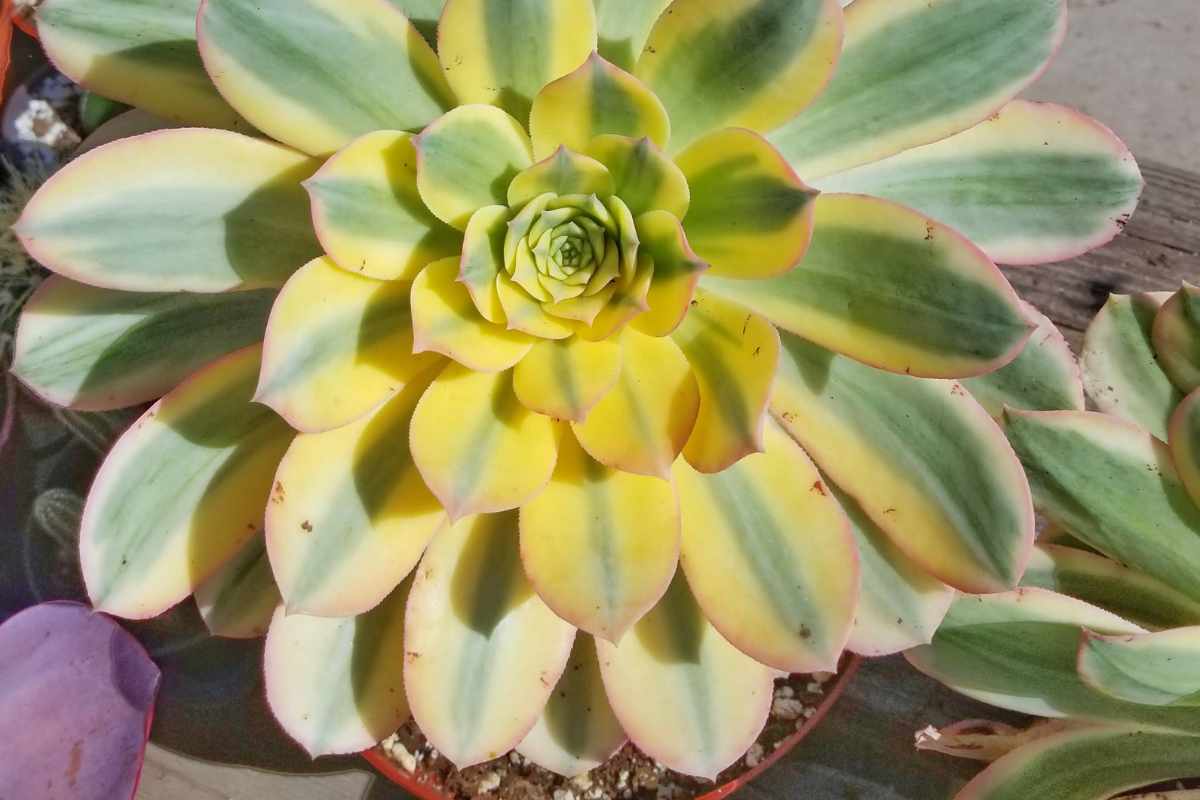Succulents are a popular addition to any home or garden. They are easy to care for, come in a variety of shapes and sizes, and can add a touch of green to any space. However, when the weather starts to warm up, you may want to move your succulents from inside to outside to take advantage of the natural light and fresh air. In this guide, I’ll cover everything you need to know about transitioning your succulents from inside to outside, including the best location, temperature, and watering needs.
Dig in!
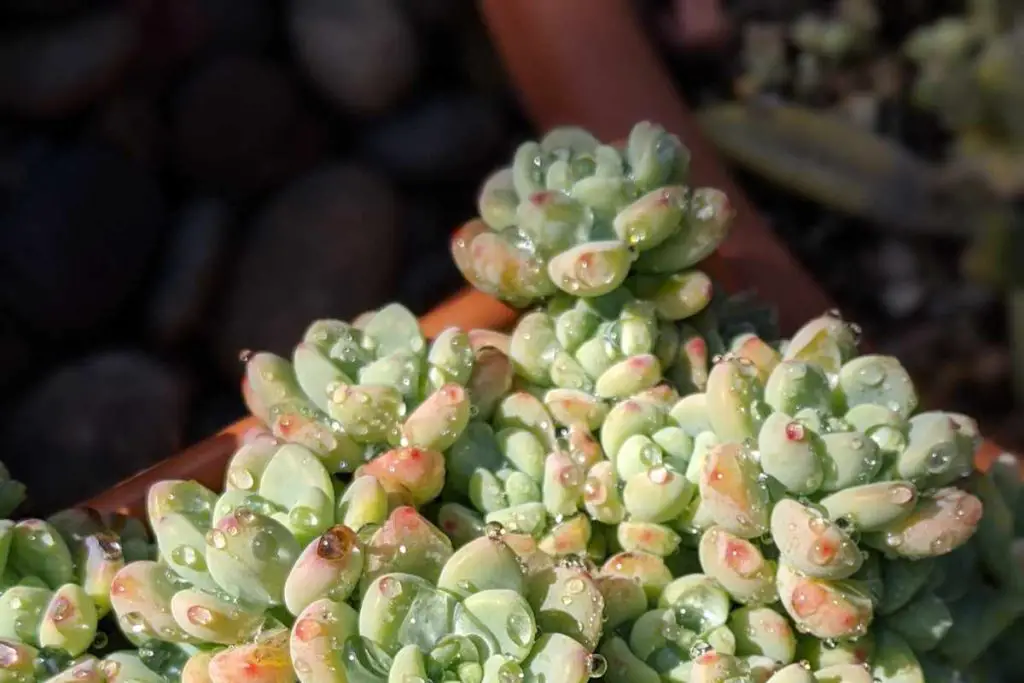
How to Transition Succulents from Inside to Outside
Before you move your succulents outside, it’s important to acclimate them to the new environment gradually. This will help prevent shock and ensure that your plants thrive in their new home.
Step 1: Start by placing your succulents in a shaded area outside for a few hours each day. This will give them a chance to adjust to the new temperature, humidity, and sunlight levels.
Step 2: Gradually increase the amount of time your succulents spend outside each day. Over the course of a week or two, you can gradually increase the number of hours your plants spend outside until they are acclimated to the new environment.
Step 3:Once your succulents are acclimated to the outside environment, you can move them to their permanent location.
It’s important to note that this process can take anywhere from a few days to a few weeks, depending on your succulent’s individual needs. Be patient and pay attention to your plants’ behavior to ensure a successful transition.
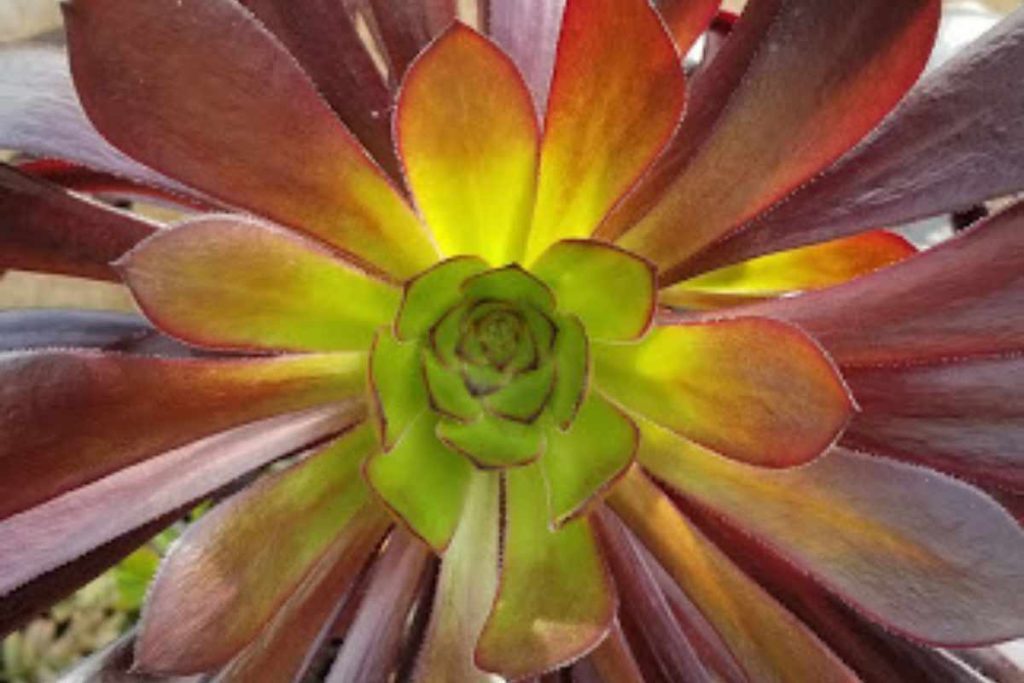
Best Location for Succulents Outside
When it comes to placing your succulents outside, the location is key. Here are a few tips to help you choose the best spot:
Tip 1: Look for a spot with plenty of sunlight. Succulents love sunlight, so it’s important to choose a spot that gets at least six hours of direct sunlight each day.
Tip 2: Choose a location with good drainage. Succulents thrive in well-draining soil, so make sure the spot you choose allows excess water to drain away from the plant’s roots.
Tip 3: Consider the temperature. Succulents prefer warm temperatures, so choose a spot that gets plenty of sun and is protected from cold winds.
Tip 4: Choose a spot with good air circulation. Good air circulation can help prevent pest and disease issues that can harm your succulents.
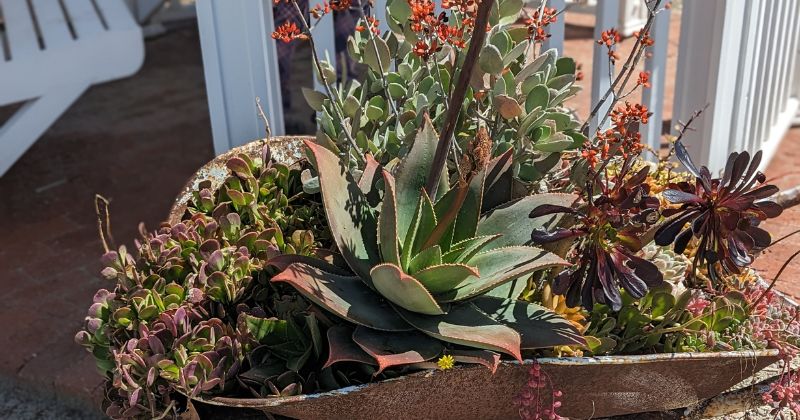
Temperature for Succulents Outside
Succulents are hardy plants that can tolerate a wide range of temperatures. However, it’s important to keep them protected from extreme weather conditions to ensure their health and longevity.
Tip 1: Avoid temperatures below 40°F. Succulents are not frost-tolerant, so it’s important to keep them protected from freezing temperatures. If you live in an area with cold winters, consider bringing your succulents indoors for the winter or covering them with a frost cloth.
Tip 2: Protect succulents from extreme heat. While succulents love sunlight, they can become stressed if exposed to extreme heat for extended periods. Consider providing shade during the hottest part of the day or moving your succulents to a cooler location during heatwaves.
Tip 3: Consider the microclimate. Microclimates are small areas within your garden that have slightly different temperature and humidity levels than the surrounding area. Consider planting your succulents in a microclimate that mimics their natural habitat for optimal growth and health.
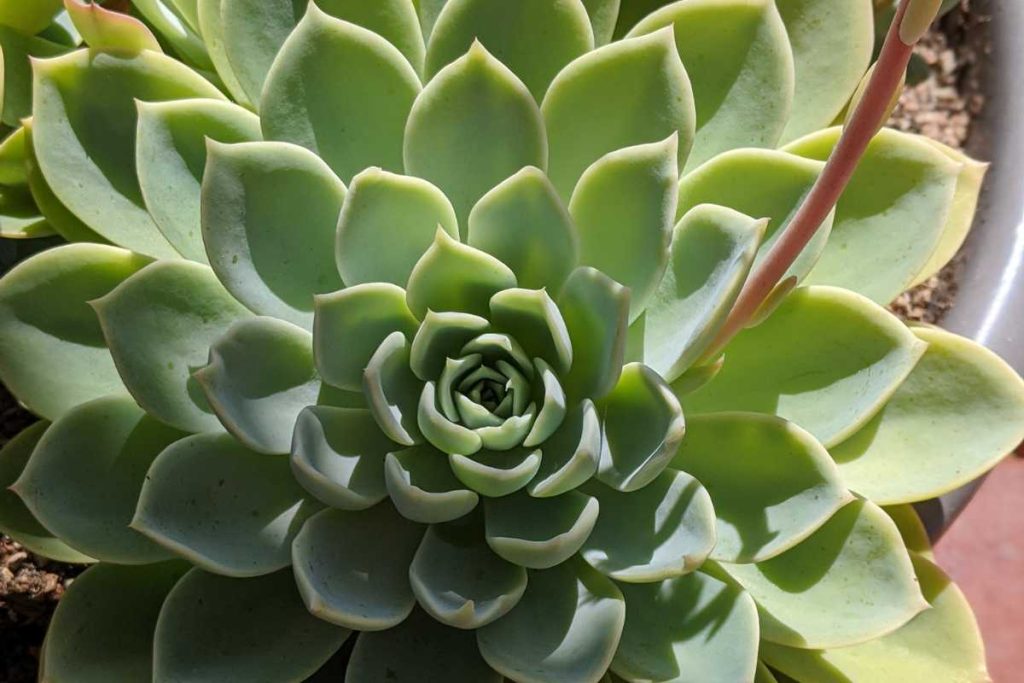
Winterizing Outdoor Succulents
When winter approaches, it’s important to take steps to protect your outdoor succulents from the cold. Here are a few tips for winterizing outdoor succulents:
Tip 1: Bring succulents indoors. If you live in an area with cold winters, consider bringing your outdoor succulents inside for the winter. Place them near a window that gets plenty of sunlight and water them sparingly.
Tip 2: Cover succulents with a frost cloth. If you prefer to keep your succulents outside, consider covering them with a frostcloth. A frost cloth can help protect your plants from freezing temperatures and frost damage.
Tip 3: Reduce watering. During the winter months, succulents go into a dormant state and require less water than during the growing season. Reduce watering to once every two weeks or when the soil is dry to the touch.
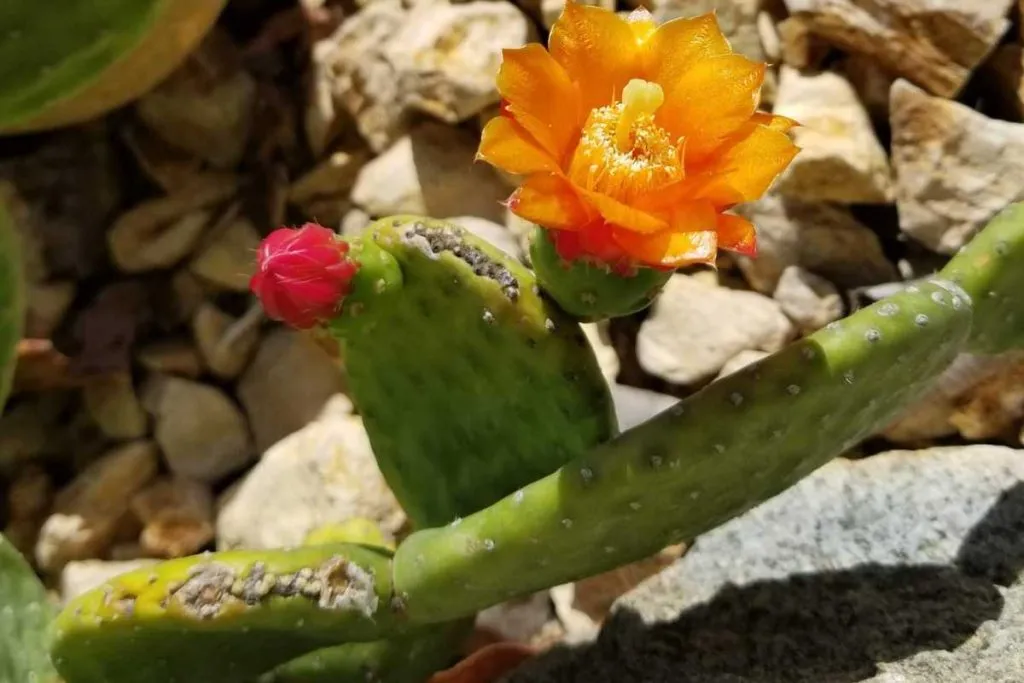
Do Succulents Prefer Inside or Outside?
Succulents can thrive both indoors and outdoors, but their preferences may vary depending on the species. Here are a few things to consider when deciding whether to keep your succulents inside or outside:
Indoors:
- Succulents kept indoors are protected from extreme weather conditions, pests, and diseases.
- Indoor succulents may not get as much sunlight as outdoor succulents, which can lead to leggy growth.
Outdoors:
- Outdoor succulents get plenty of sunlight and fresh air, which can promote healthy growth.
- Outdoor succulents may be exposed to pests and diseases, which can harm their health.
Ultimately, the decision to keep your succulents inside or outside will depend on your individual needs and preferences. If you live in an area with extreme weather conditions, keeping your succulents indoors may be the best option. If you have a spacious outdoor area with good sunlight and drainage, your succulents may thrive outside.
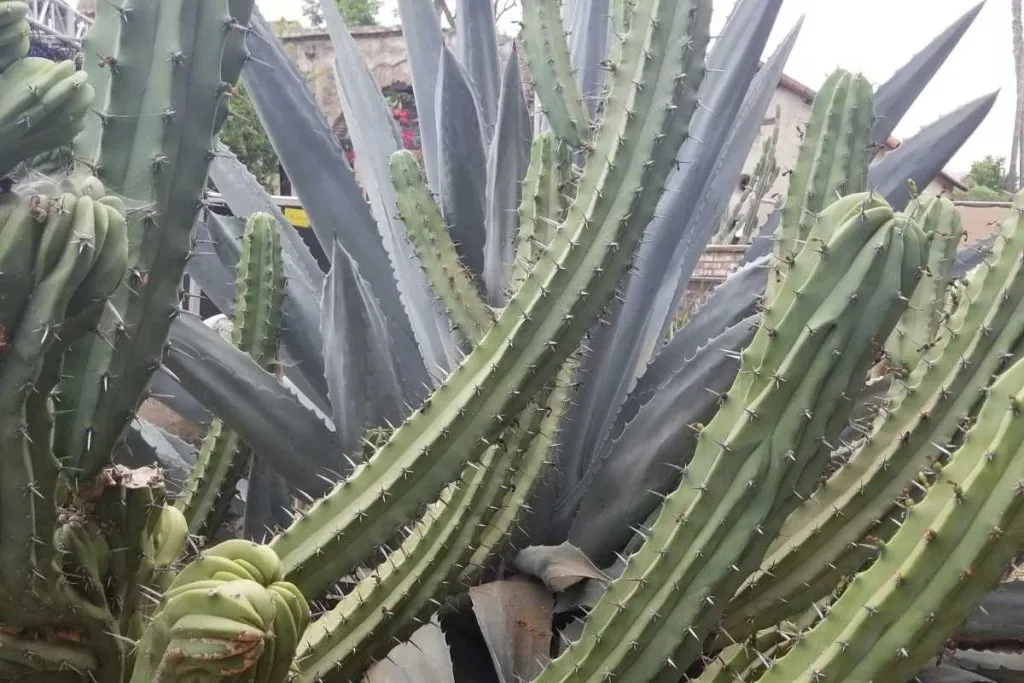
Can Succulents Live Outside in Full Sun?
Succulents can live outside in full sun, but it’simportant to provide them with proper care to ensure their health and longevity. Here are a few tips for keeping succulents healthy in full sun:
Tip 1: Choose the right succulent species. Some succulent species are more tolerant of full sun than others. Be sure to research the specific needs of your succulent species to ensure it can thrive in full sun.
Tip 2: Provide shade during the hottest part of the day. Succulents can become stressed if exposed to extreme heat for extended periods. Consider providing shade during the hottest part of the day or moving your succulents to a cooler location during heatwaves.
Tip 3: Water properly. Succulents in full sun may require more water than those in shaded areas. Be sure to water your plants thoroughly and allow the soil to dry out completely before watering again.

Can Succulents Live Outside on a Porch?
Yes, succulents can thrive on a porch as long as they receive proper care. Here are a few tips for keeping your porch succulents healthy:
Tip 1: Choose the right pot. Make sure your succulent pot has drainage holes to promote good drainage and prevent water from pooling around the roots.
Tip 2: Provide adequate sunlight. Place your succulents in an area that receives at least six hours of direct sunlight each day.
Tip 3: Water properly. Water your succulents thoroughly and allow thesoil to dry out completely before watering again. Avoid overwatering, as succulents are susceptible to root rot.
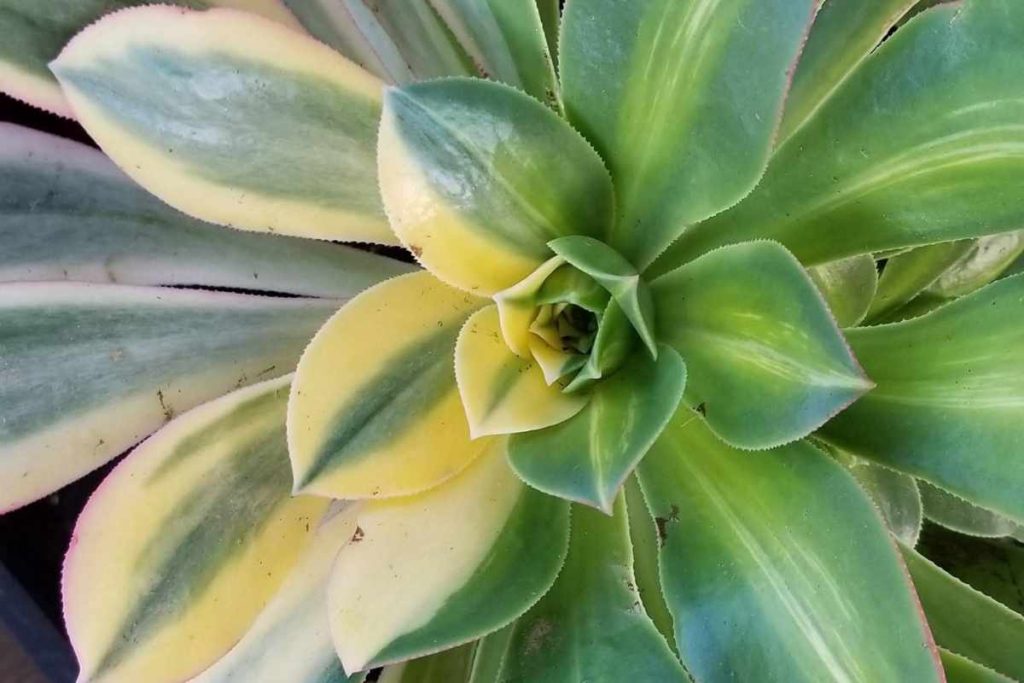
Can Succulents Stay Outside in the Rain?
Succulents can tolerate rain, but it’s important to take steps to prevent overwatering and protect them from excessive moisture. Here are a few tips for keeping your succulents healthy during rainy periods:
Tip 1: Choose the right soil. Use well-draining soil to ensure excess water can drain away from the roots.
Tip 2: Provide proper drainage. Make sure your succulent pots have drainage holes to prevent water from pooling around the roots.
Tip 3: Protect from excessive moisture. During periods of heavy rain, consider moving your succulents to a covered area or providing a temporary shelter to protect them from excessive moisture.
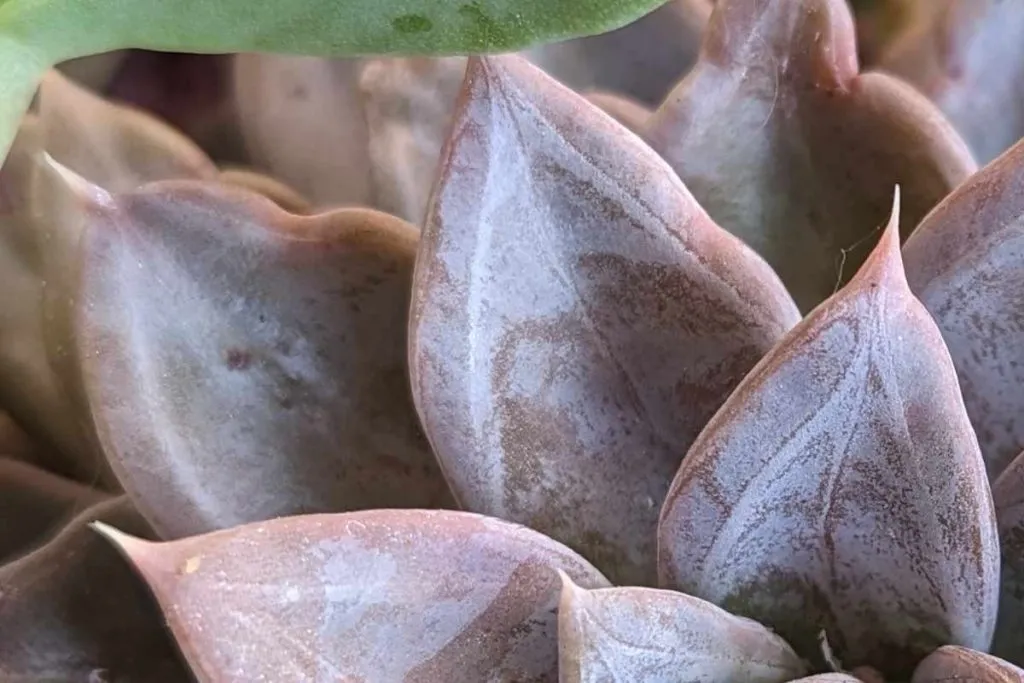
How Often to Water Succulents Outside
Succulents are drought-tolerant plants that require infrequent watering. When it comes to watering succulents outside, it’s important to follow a few guidelines to ensure their health and longevity:
Tip 1: Water infrequently. Succulents require infrequent watering, generally once every two weeks or when the soil is dry to the touch.
Tip 2: Water deeply. When you do water your succulents, water deeply to promote healthy root growth.
Tip 3: Avoid overwatering. Overwatering can lead toroot rot and other issues that can harm your succulents. Be sure to allow the soil to dry out completely before watering again.
Transitioning your succulents from inside to outside can be a great way to promote healthy growth and take advantage of the natural light and fresh air. By following the tips outlined in this guide, you can ensure a successful transition and keep your succulents healthy and happy.
Remember to acclimate your succulents gradually, choose a location with plenty of sunlight and good drainage, and protect them from extreme weather conditions. Whether you prefer to keep your succulents inside or outside, make sure to provide them with the proper care to help them thrive. I hope this guide has been helpful in answering your questions about transitioning succulents from inside to outside.
